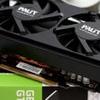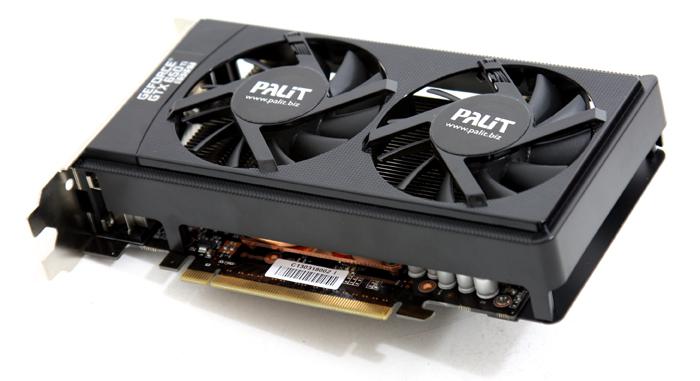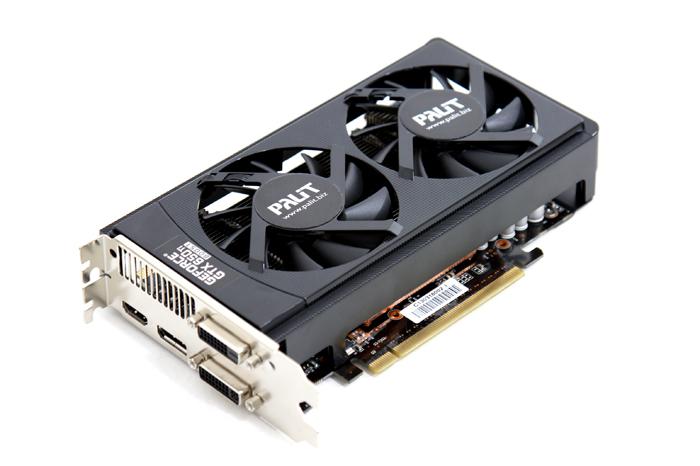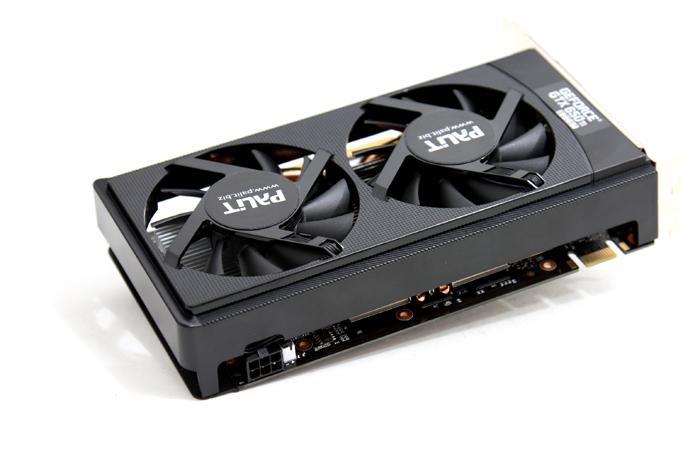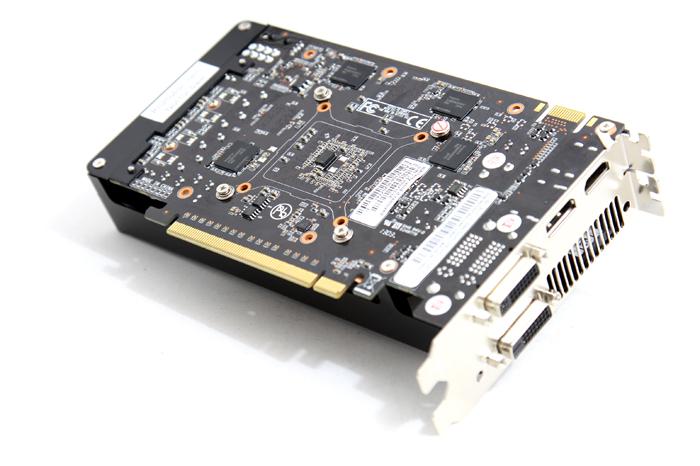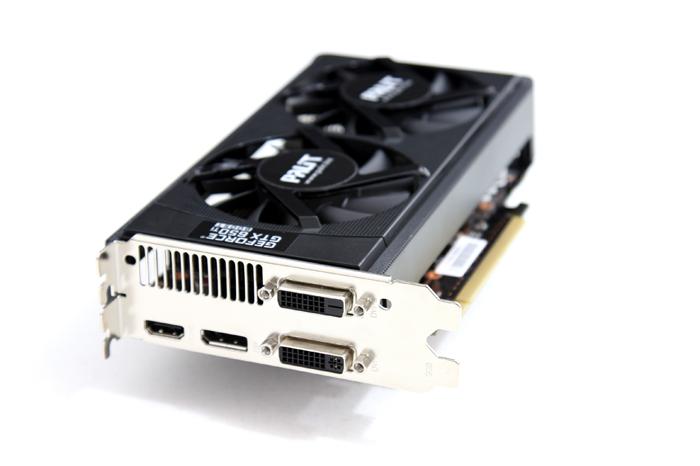Product Showcase
Product Showcase
Okay so Palit delivered us their GeForce GTX 650Ti Boost OC edition graphics card with 2048 MB GDDR5. Obviously all board partners will offer a wide variety of models/SKUs with customized PCB's, coolers and memory configurations. The reference card has a 1006 MHz clock frequency, the effective memory data rate (192-bit) is 6108 MHz. Being GDDR5 that doubles up bandwidth giving this product a rather nice 147 GB/sec of bandwidth to fool around with. Our card has been equipped with 2 GB of GDDR5 memory.
Here you can see the GeForce GTX 650 Ti Boost, the 2 GB version. Honestly aside from a few shader processors, you are looking at the GeForce GTX 660. Overall a nice yet simple looking card for what it is reality. Let's look at the card from several different viewpoints.
The card is equipped with the GK106 GPU that harbours the Kepler GPU architecture. You will spot two dual-link DVI connectors, a HDMI connector and Display Port as well.
When we flip the card around we spot a 6-pin PEG power connector (BTW I get asked about it all the time but PEG = PCI Express Graphics). With 75W leading though the PCIe slot and another 75 watt fed by the plug you'll have 150W available for potential overclocking.
Looking at the backside of the card we see a very non-complex PCB. As you can see there are no other SMT traces to be found for extra memory, abundantly indicating that this indeed is a 2GB of graphics memory. Mind you that these cards come with one SLI connector allowing you to setup a 2-way SLI system. Price performance wise that could be a very attractive alternative really.
The cooler is really nice and silent with the temperatures under gaming load quit lower then the reference coolers. The card is PCIe gen 3.0 compatible. Going from PCIe Gen 2 to Gen 3 doubles the bandwidth available to the add-on cards installed, from 500 MB/s per lane to 1 GB/s per lane.
